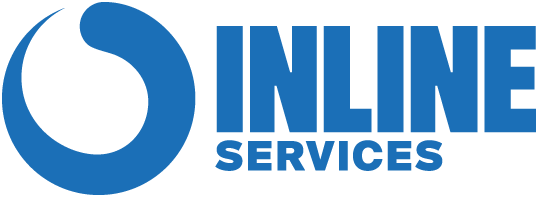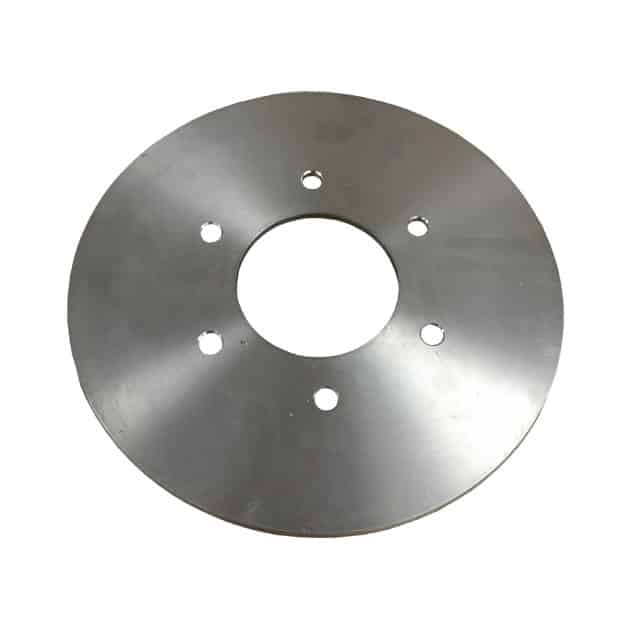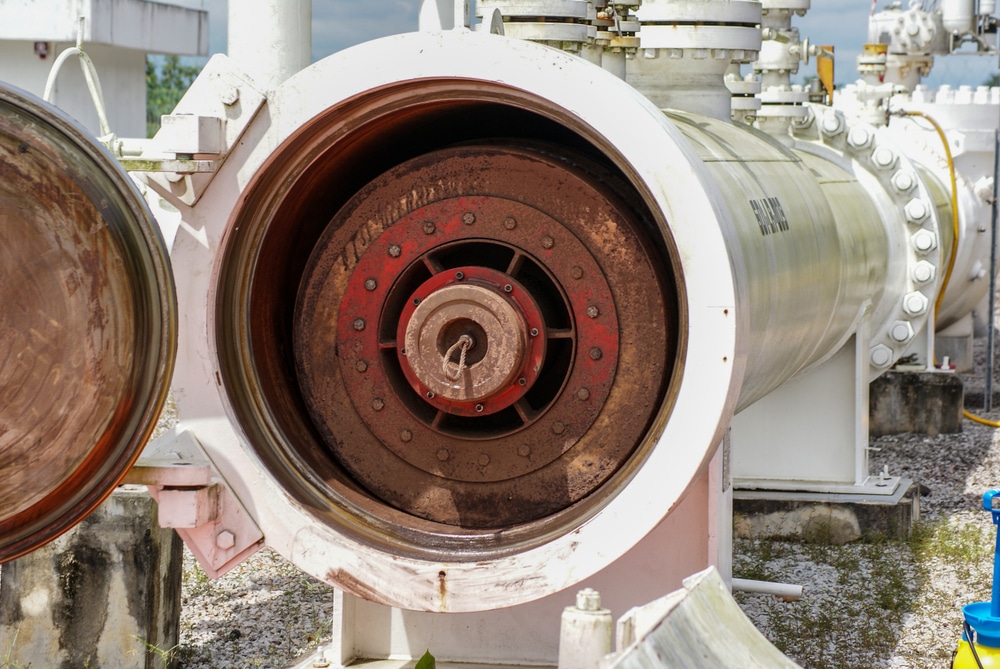Pipeline Pigging has a number of advantages compared to other pipeline maintenance options. The following are some of the advantages of using pigs in pipeline maintenance:
- Cost Effective: Pigs can travel great distances through pipe with minimal input from operators, and clean while they travel. They can be fitted with loggers to record the position of various anomalies. Where regular maintenance is required, pigs can be run in a system and automatically launched and retrieved, and even cleaned while inside the pipe.
- Pigging Is Easier: Pigging simply involves launching a pig from one end of the pipe to another. The process often takes very little time and can be done quite easily. Regular maintenance crews can be trained in the operation of pigs and in establishing a pigging program tailored to their specific application.
- Safer Option: Pigging is also one of the safest pipeline maintenance options. As long as the launchers and the receivers have good quality closures, the chances of accidents are considerably reduced. Training in the operation of pig traps and correct procedures is essential. Inline provides training in all aspects of pigging operations.
Best Pipeline Pigging Practices
Considering the advantages of using pigging as part of your pipeline maintenance program, you should keep the following best practices in mind:
- Knowledge of the pipeline design and its fittings, as well as the operational circumstances including the flow and pressures is necessary
- The appropriate pig design is essential to achieve the required result and enable the pig to negotiate the pipeline efficiently
- The pigging process must be carried out by trained and experienced technicians
- The pigging equipment must be good quality and in good condition




